

Matt Campbell
2026 Hyundai Tucson Hybrid review
3 Hours Ago

Journalist
The tale of the Ford Fiesta begins with the fuel crisis brought about oil production cutbacks instigated by OPEC, and ends with a climate crisis forcing a shift to EVs, as well as a growing preference for crossovers rather than hatchbacks.
Production of the Fiesta stops in 2023 at Ford’s Cologne, Germany plant to make way for a new electric crossover based on Volkswagen MEB architecture.
Across its seven generations and 47-year production run, 22 million Fiesta-branded vehicles have been sold across the world.
While its current innings is coming to an end, we shouldn’t rule out a revival of the popular nameplate as Ford isn’t averse to reviving historic badges – sometimes on similar vehicles such as the Bronco and Escort, and other times on something completely different, like the Galaxy and Puma.
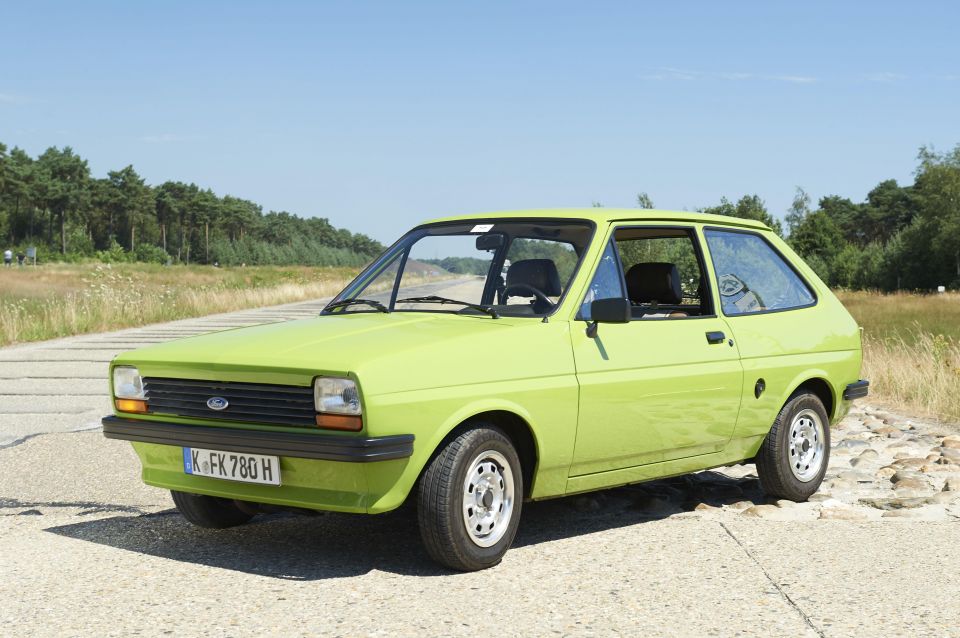
This wasn’t the first front-wheel drive Ford; that honour belongs to German 1962 Taunus 12M, which had a longitudinally-mounted V4 engine.
The Fiesta was, however, the first to feature the now-standard front-wheel drive layout with a transverse engine mounted end-on-end with a transmission, driving the wheels via unequal length driveshafts. Unlike the Taunus, it was also available across Europe with production taking placing in Spain, then the UK and multiple German sites.
A response to the front-wheel drive 1971 Fiat 127, the Fiesta — referred to as Project Bobcat during development — launched in mid-1976, a year behind the Volkswagen Polo, and four years after the longitudinal front-wheel drive Renault 5.
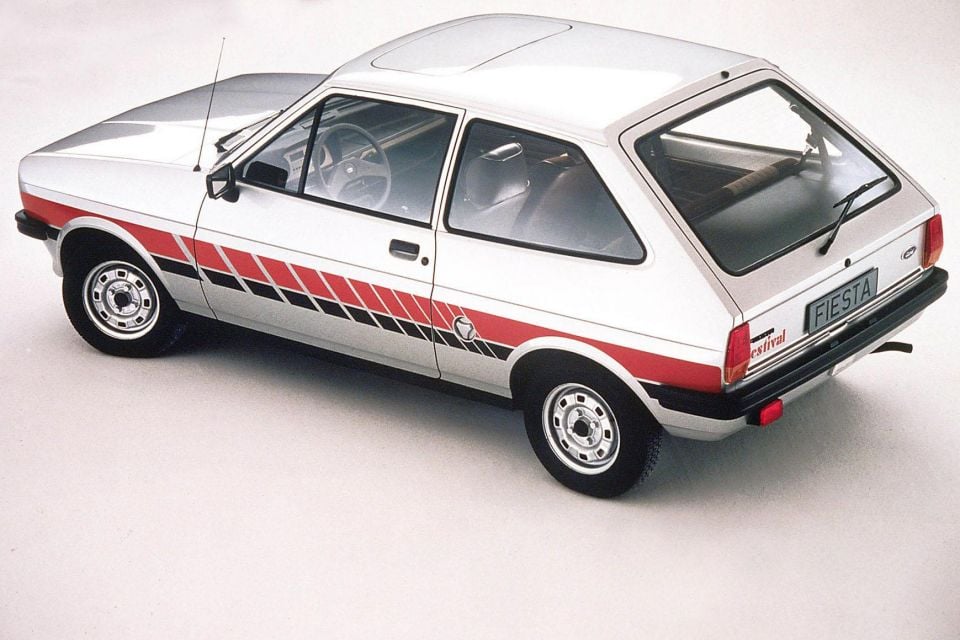
There were two body styles available: a three-door hatch, and a three-door panel van, which was the hatch with the rear windows covered over and the rear seats replaced by a expanded load space.
Fitted with round headlights and larger bumpers, the original Fiesta was sold for three years (1977 to 1980) in the USA, where it’s easily the smallest car to wear a Blue Oval badge.
Launched with a 957cc engine making either 30kW or 33kW, as well as a 39kW 1.1-litre, the Fiesta wasn’t exactly quick.
That all changed when Ford launched the 1980 1.3-litre Supersport, and followed it up with the 62kW 1.6-litre XR2 in 1981.
With double the power of the base model, the XR2 slashed the 0-60mph (0-97km/h) in half to 9.3 seconds. It was also capable of a top speed of 169km/h.
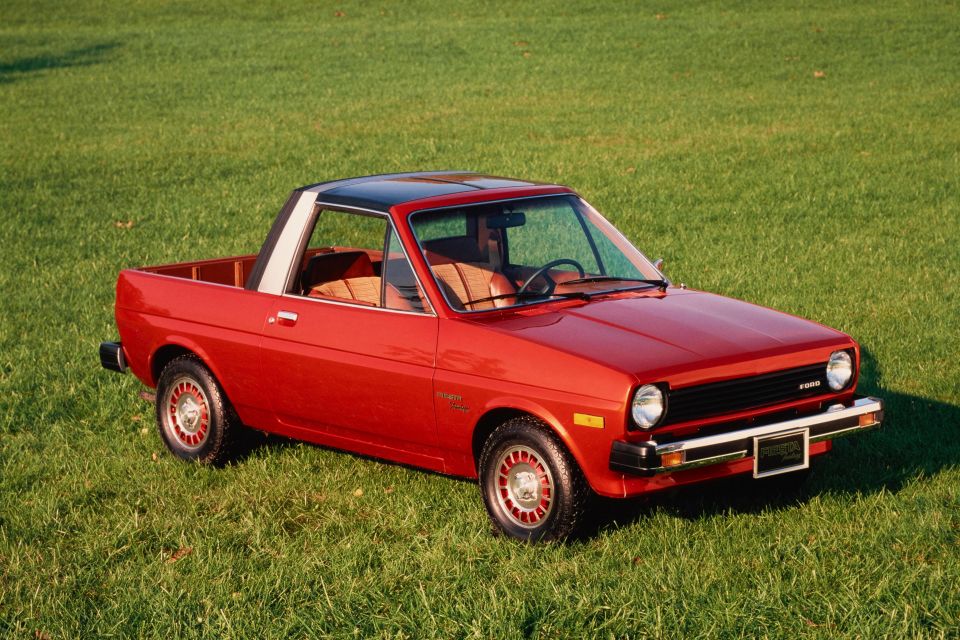
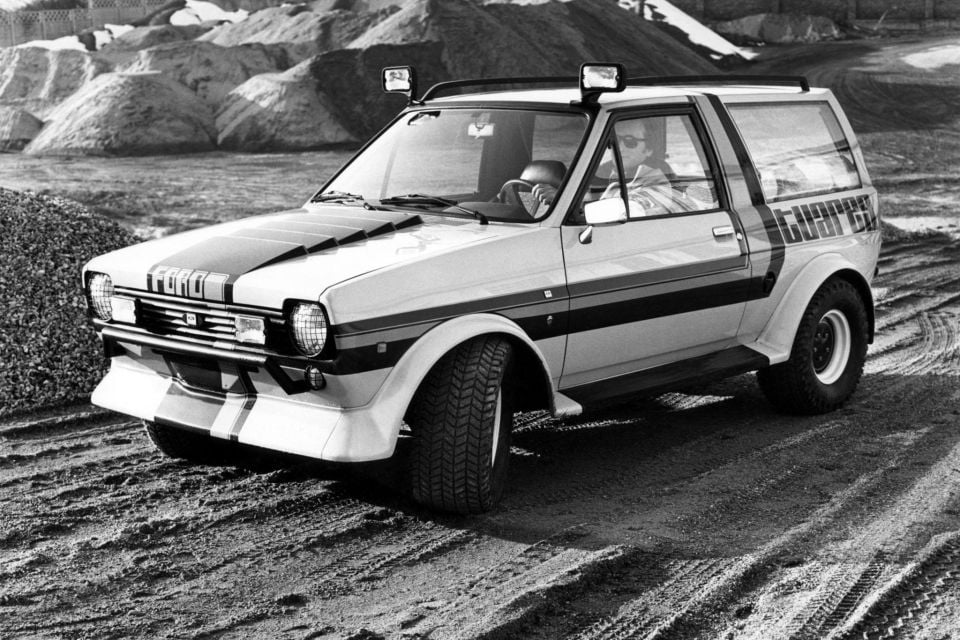

Fun fact #1: Some in Ford’s top brass wanted the light hatch to be known as the Bravo, but Henry Ford II won out and Fiesta was chosen in honour of its first manufacturing location in Valencia, Spain. It was only locked in after the Blue Oval secured permission from Oldsmobile to use the name.
Fun fact #2: In 1979 Ford and its design studio Ghia unveiled the Fiesta Tuareg off-road concept, which featured raised suspension, beefed up styling, knobbly tyres, an extended roof line and a more upright tailgate.
The Fiesta Tuareg pre-dated the Fiesta Active pseudo-crossover by almost 40 years. While the Tuareg never made it into production, the North African tribe’s name did end up gracing a production car when the Volkswagen Touareg went on sale in 2002.
Other concepts that didn’t make it into production include the Fiesta Fantasy targa-style ute model, and the Corrida, a coupe with folding gullwing doors.

A heavy update of the original Fiesta, the second-generation model carried over the platform, doors and rear section. There was a new, wider front end that could accommodate a five-speed manual transmission and a range of improved engines.
It also allowed the company to fit a naturally-aspirated 40kW 1.6-litre diesel to the Fiesta, an option many of its competitors didn’t offer at the time.
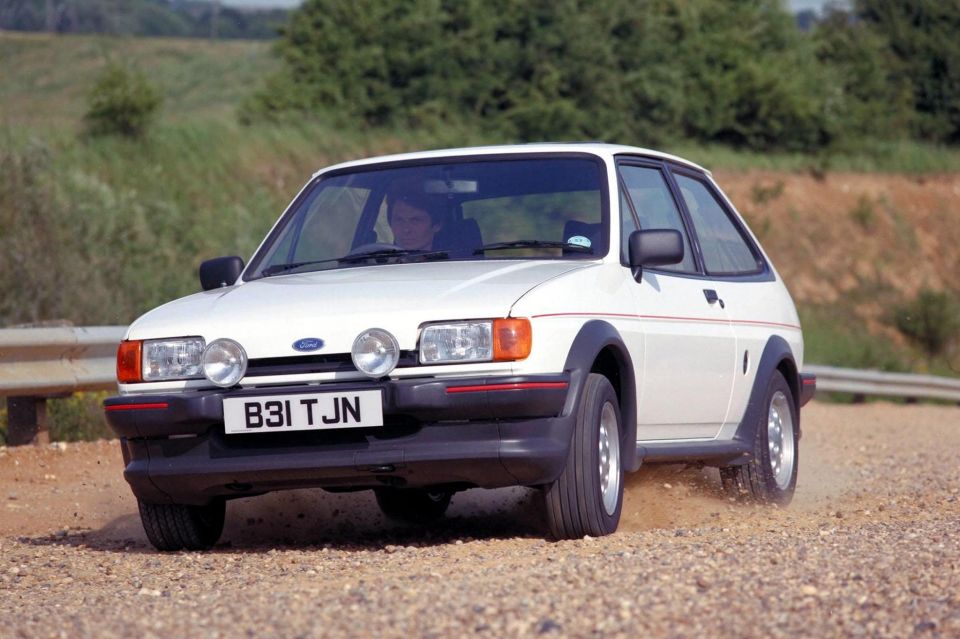
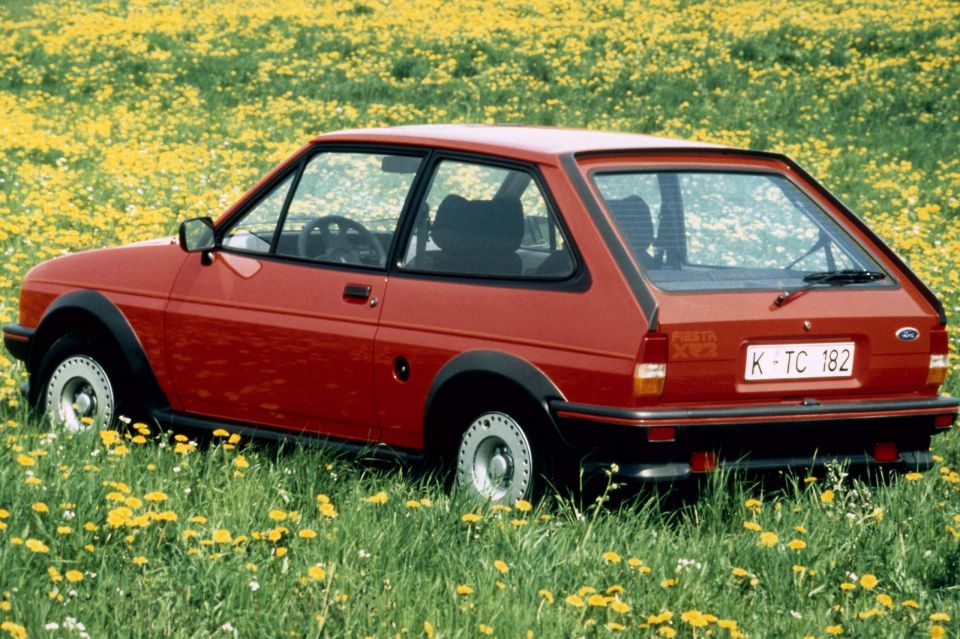
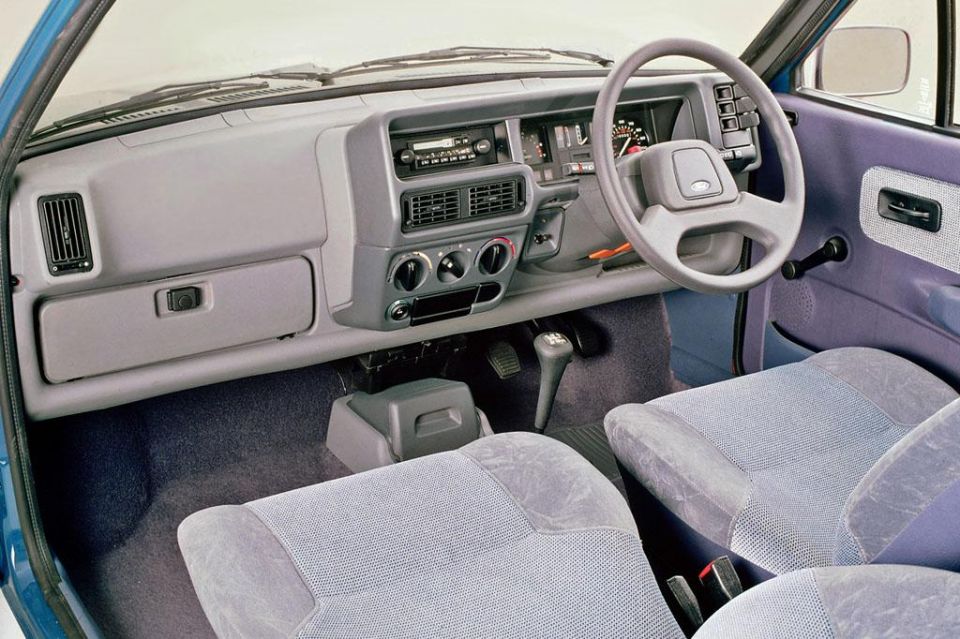
The second-generation Fiesta also gained the model’s first automatic transmission: a CVT paired to the mid-range 1.1-litre engine.
Neither the CVT nor diesel proved particularly popular, but they did help the Fiesta stand out in the increasingly crowded supermini segment.
Due to the largely carried-over body, the Fiesta was once again only available a three-door hatch and panel van.
All models benefited from a new dashboard, which placed the radio and major controls high up and within easier reach.
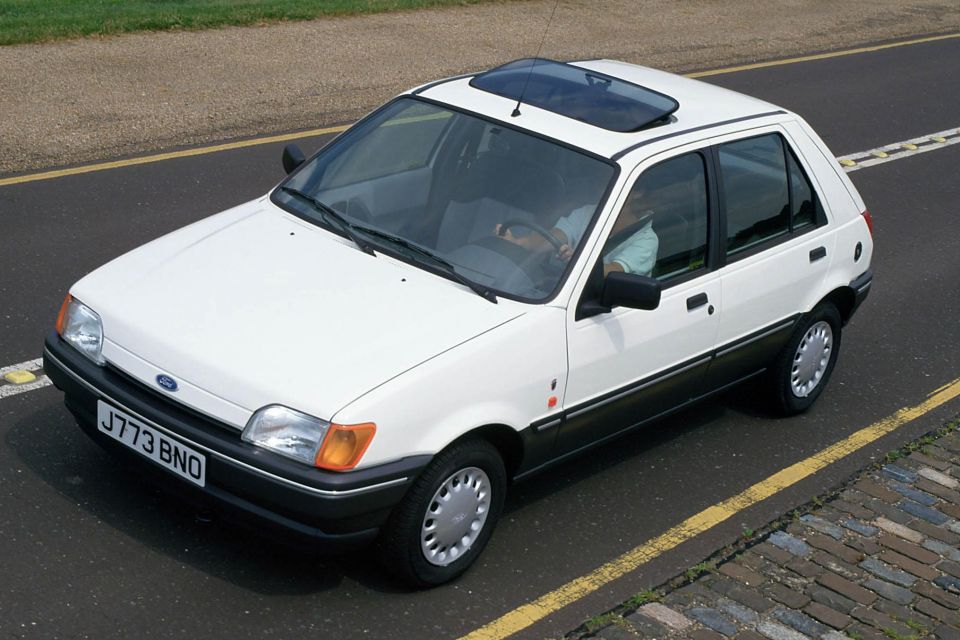

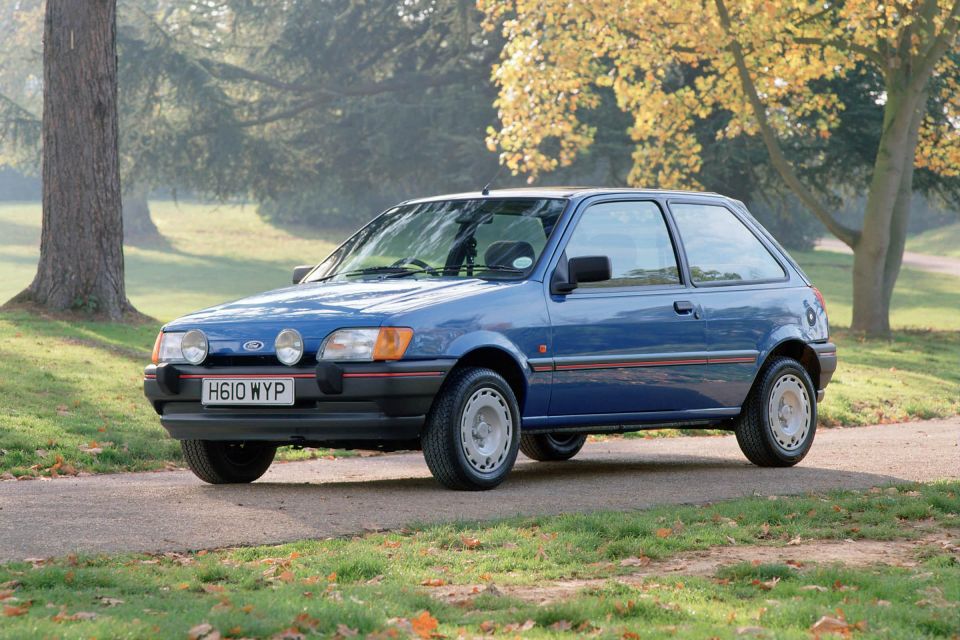
After 13 years on sale, the Fiesta was given its first ground-up redesign with a new platform and an all-new, much more modern body.
Just as importantly a five-door hatchback was added to the range, and fuel injection was used to meet tightening European emissions rules.
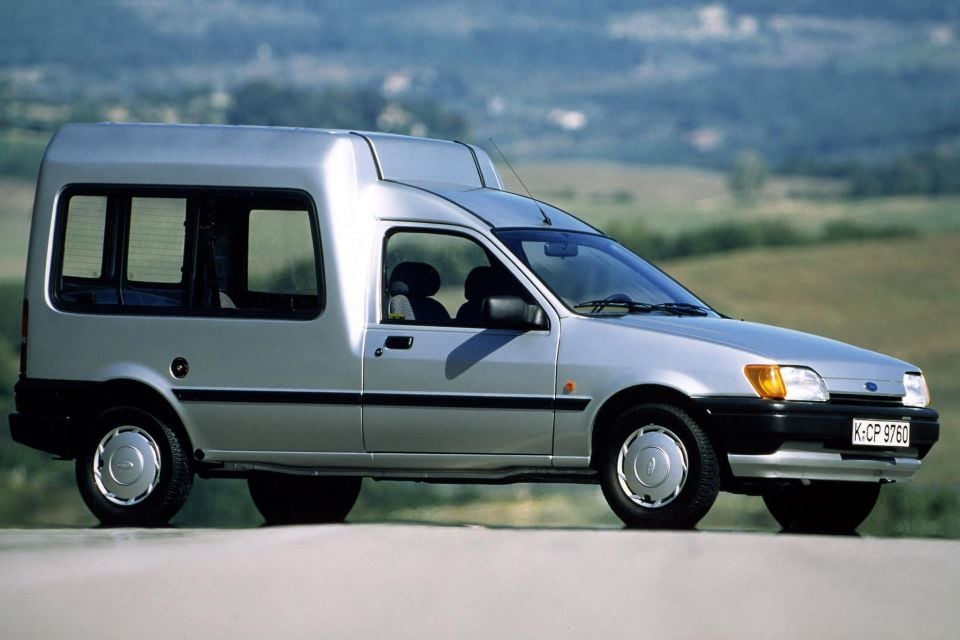
The new Fiesta proved to be a popular beast, and made it to the top of the pops in the UK in 1990.
On the performance front, the XR2 became the XR2i with power now rated at 76kW. Its position as the sportiest Fiesta was soon usurped by the RS Turbo, which featured a 98kW forced-fed version of the 1.6-litre engine.
A year later it was replaced by the RS1800, which had a larger 1.8-litre engine but around the same power output.
In addition to the panel van hatch, the Fiesta also gave birth to the high-roof, extended wheelbase Courier, which was offered in both cargo van and passenger van versions.
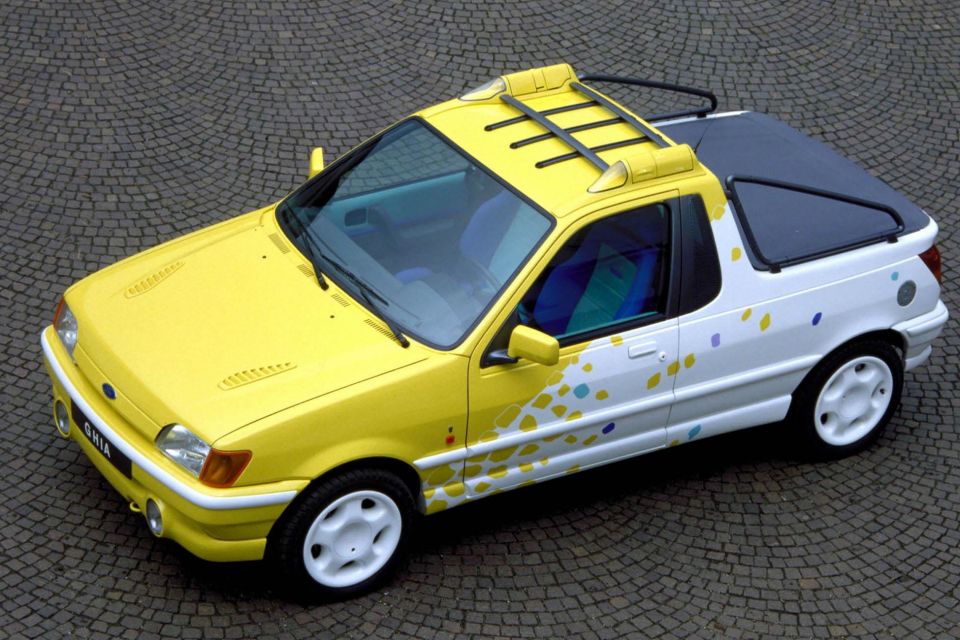

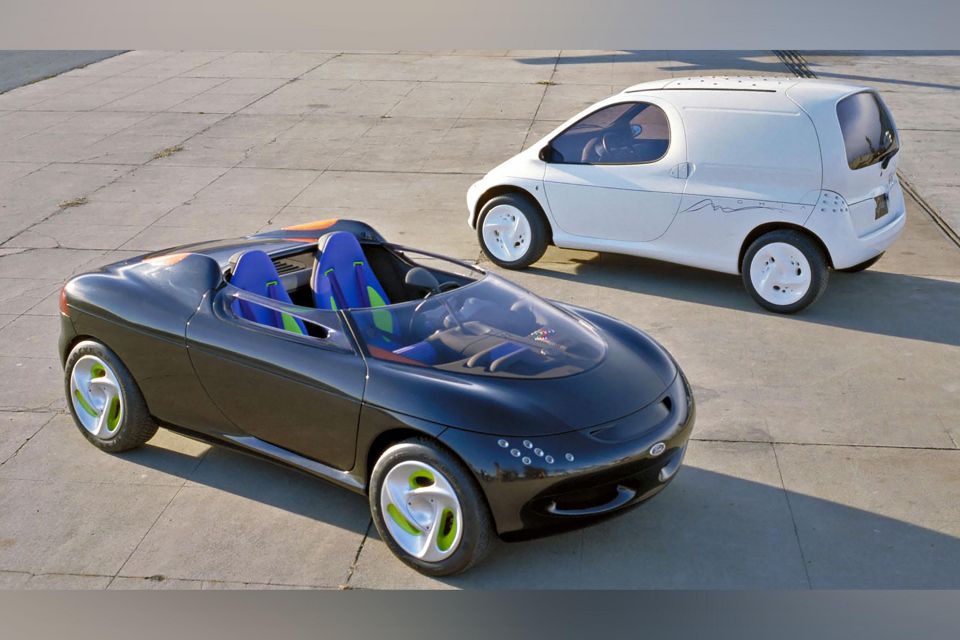
On the concept front, Ford once again dipped its toes in the ute waters with the Ghia penned Bebop. The Italian design house also took the Fiesta platform to the extreme with the Zig and Zag concepts in 1990.
The Urba concept with its solitary door on the driver’s side, and two doors on the other pre-dated the Hyundai Veloster by two decades.
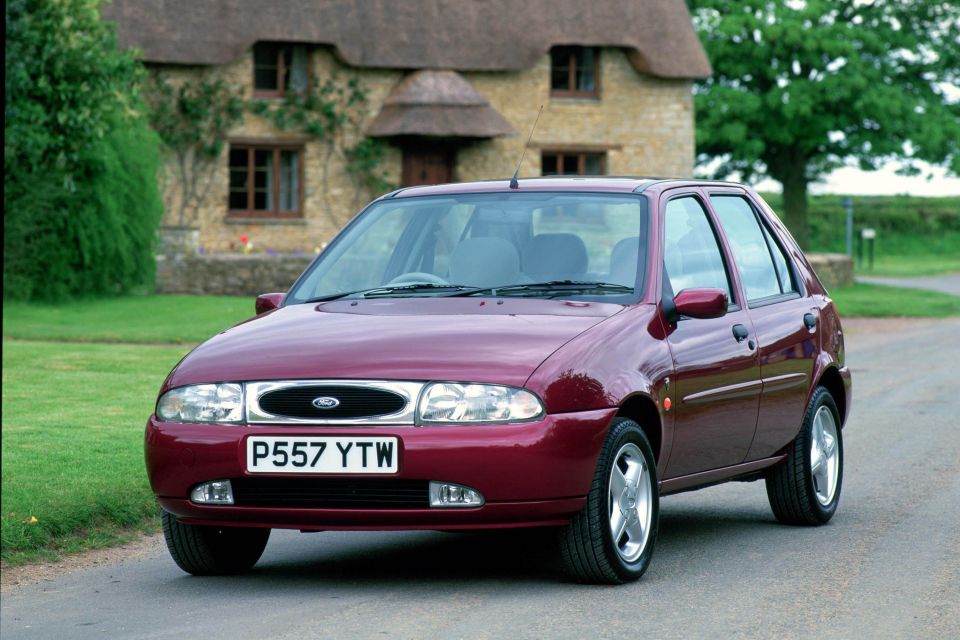
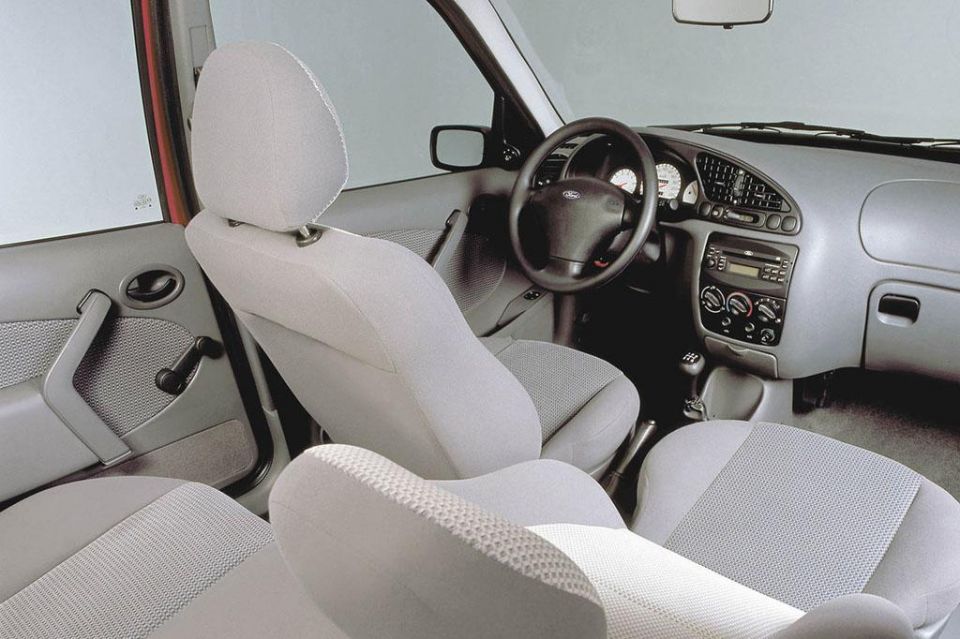
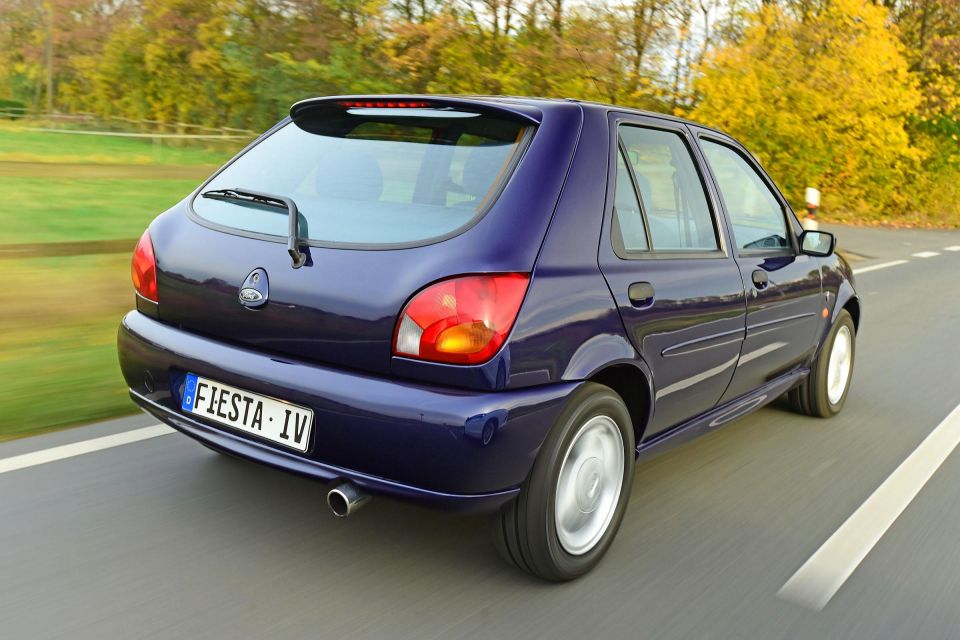
While the wheelbase and doors were carried over from the third-generation model, the fourth-generation Fiesta featured very round front and rear ends.
There was also a completely redesigned interior, which followed on from the exterior in favouring soft, flowing shapes.
Although the mechanical package was an evolution of the previous car, the XR2 and RS1800 did not survive the transition as hot hatches fell out of favour due to rising insurance costs.

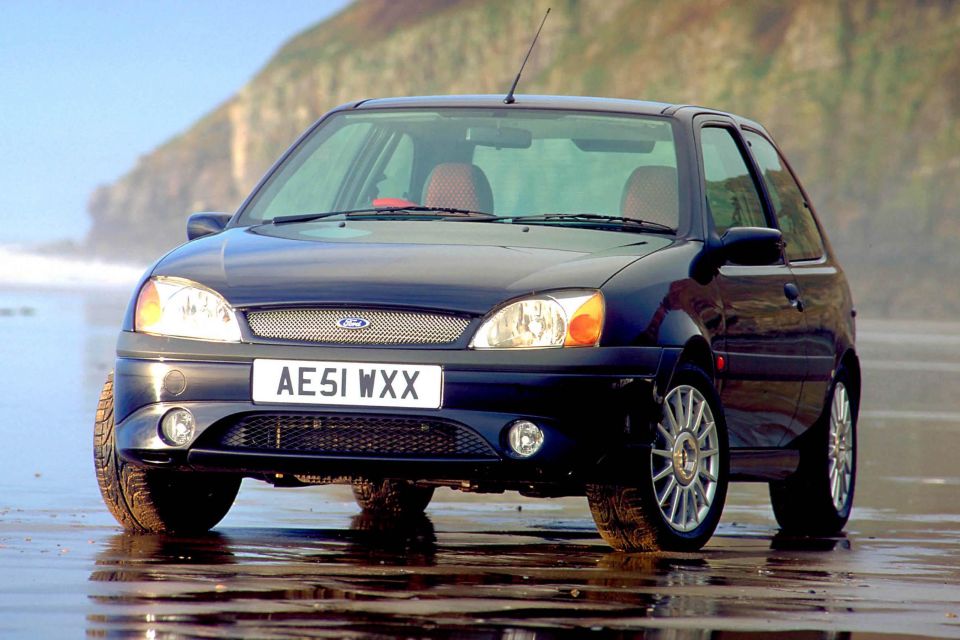
As such, the sportiest Fiesta wasn’t actually a Fiesta, it was the Fiesta-based Puma coupe, which was available with a unique 1.7-litre engine making up to 114kW.
Probably because it was a sedan living in a hatchback world, the Mazda 121 bubble car was not popular in Europe. As a solution Mazda struck a deal with its parent (at the time) to use the Fiesta (with a nose job) as its European-market 121.
This is a reverse of a state-of-play in Australia and Asia, where Ford based its equivalent Kia-built Festiva range on the bones of the Mazda 121.
In 1999 the Fiesta got a facelift to give it a flavour of the New Edge styling theme to that worked a treat on the Focus, but torpedoed the Falcon.
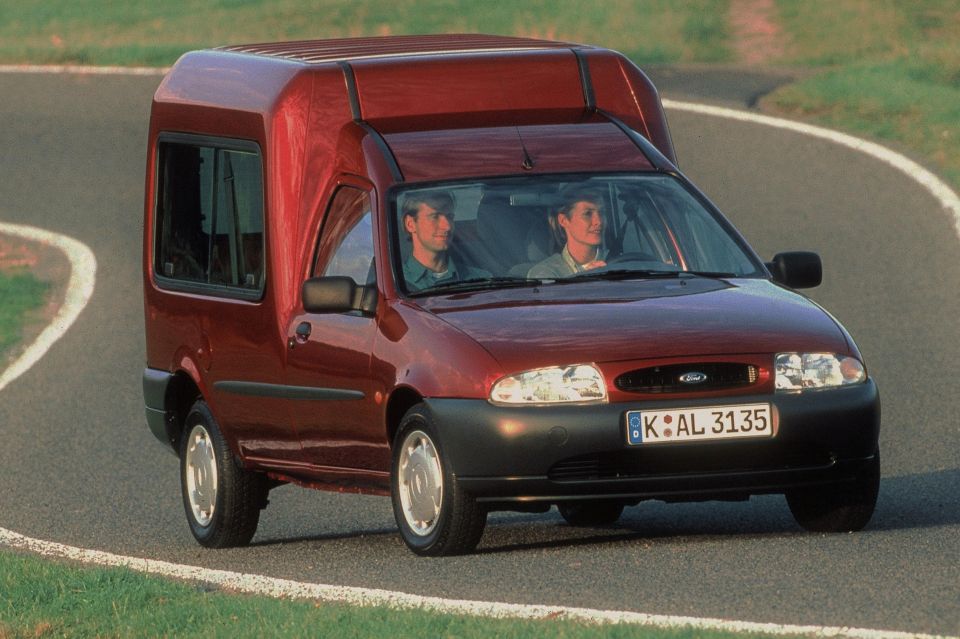
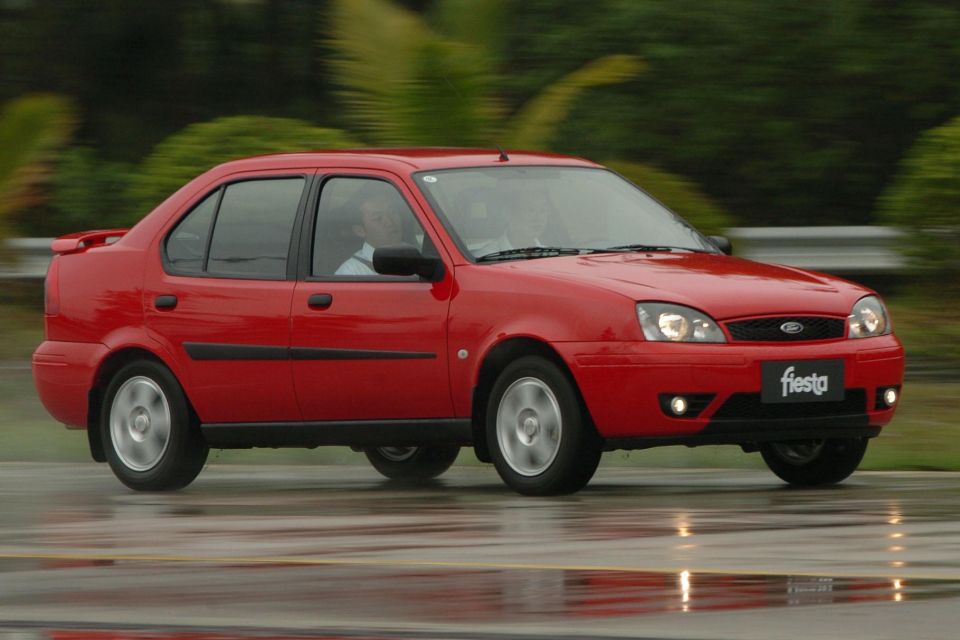
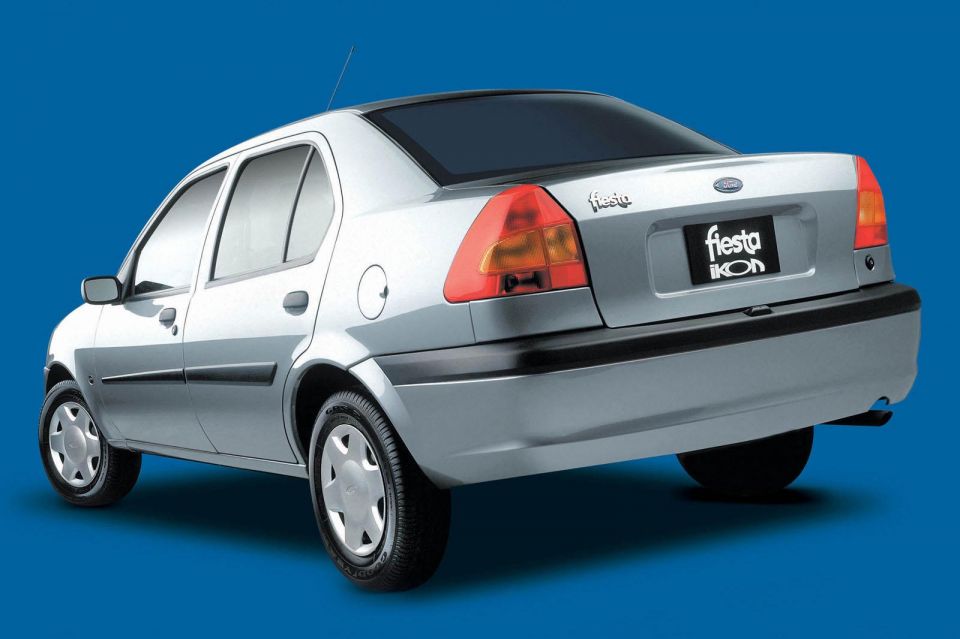
With this generation, the Fiesta gained its first sedan version. Developed initially for the Indian market, where it was sold as the Ikon, the sedan was later built in South America and China.
Again there was a Courier tall-roof van spun off from the pre- and post-facelift versions of the fourth-generation Fiesta.
From 2000, Ford of Brazil began production of the Courier ute. A year later Ford of South Africa began selling the similarly-styled Bantam “bakkie” as a successor to its long-lived Mazda 121-based model.
While the two cars are closely related, they’re not identical: the South American Courier ute uses the three-door’s longer doors, while the Bantam had the five-door’s shorter doors.


Although Australia wouldn’t officially get the Fiesta until the next generation arrived in 2003, we did get to sample the platform with the Ka, which featured completely unique New Edge styling, including large plastic wheel arches.
The Ka’s 200mm shorter body came courtesy of shorter overhangs, especially at the rear. In order to make the Ka cheaper than the Fiesta it was put through a strict cost cutting regime, and base models were fitted with an older generation of engines.

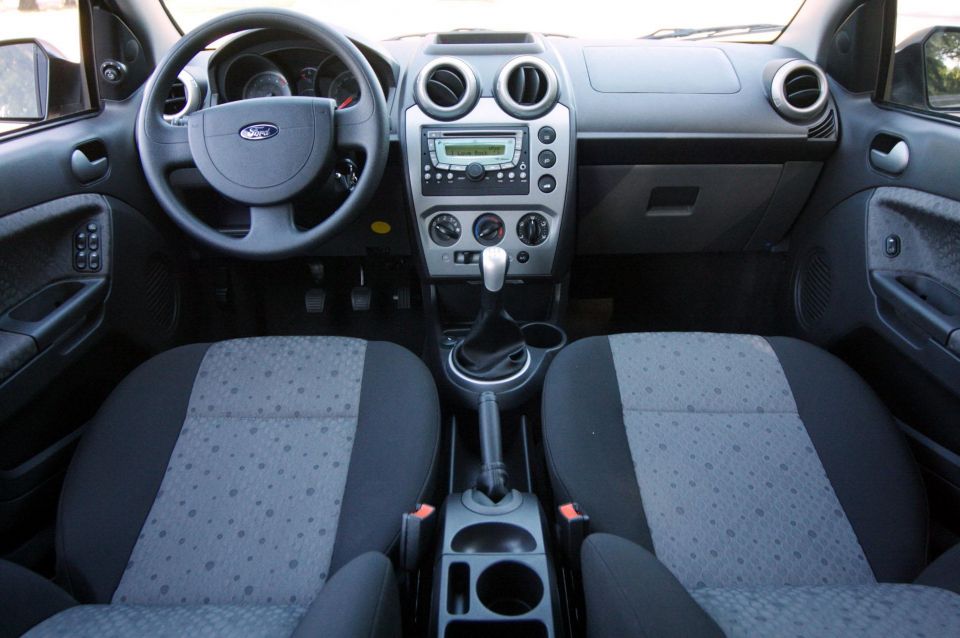
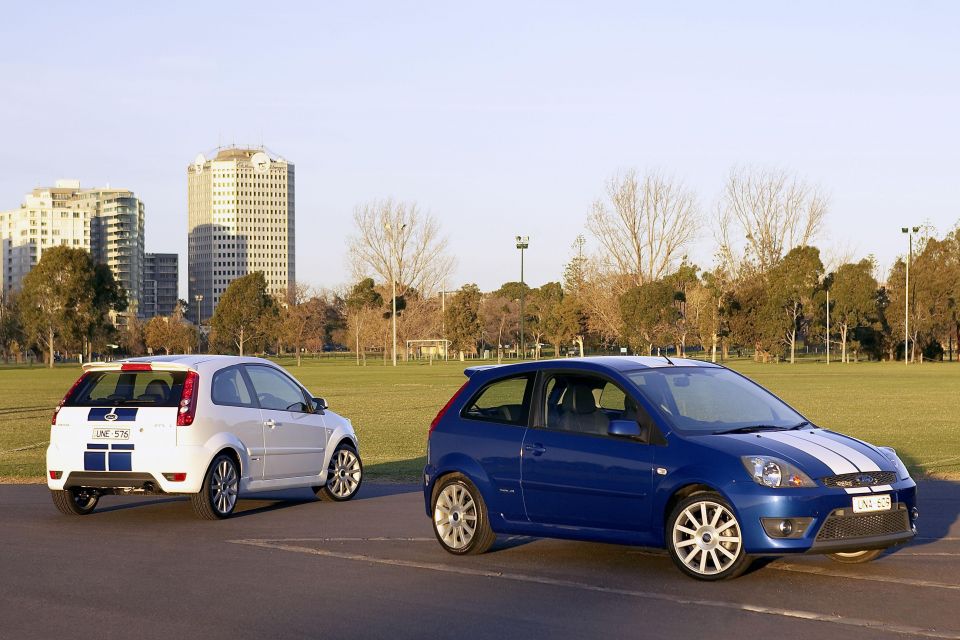
This was the first chance for most Aussies to join the party.
Prior to the Fiesta’s launch Down Under in 2003, Ford’s light car was the Festiva. It was made by Kia in South Korea, but featured a Ford-designed body draped over Mazda 121 mechanicals.
The new Fiesta’s boxy body signalled an all new, much larger platform, and sprung from an era when Ford of Europe’s styling was aiming to be more Teutonic than Volkswagen’s.
Despite its blocky appearance, this Fiesta was the first ground-up redesign to be tuned by Richard Parry-Jones, and was widely praised for its excellent handling.
With the demise of the Puma, Ford once again fielded hot Fiesta – this time wearing ST badges and fitted with a 110kW naturally-aspirated 2.0-litre engine.
This car was sold in Australia as the XR4 to denote its four-cylinder engine, and fit with the company’s nomenclature which included the Falcon XR6 and XR8, and later Focus XR5.
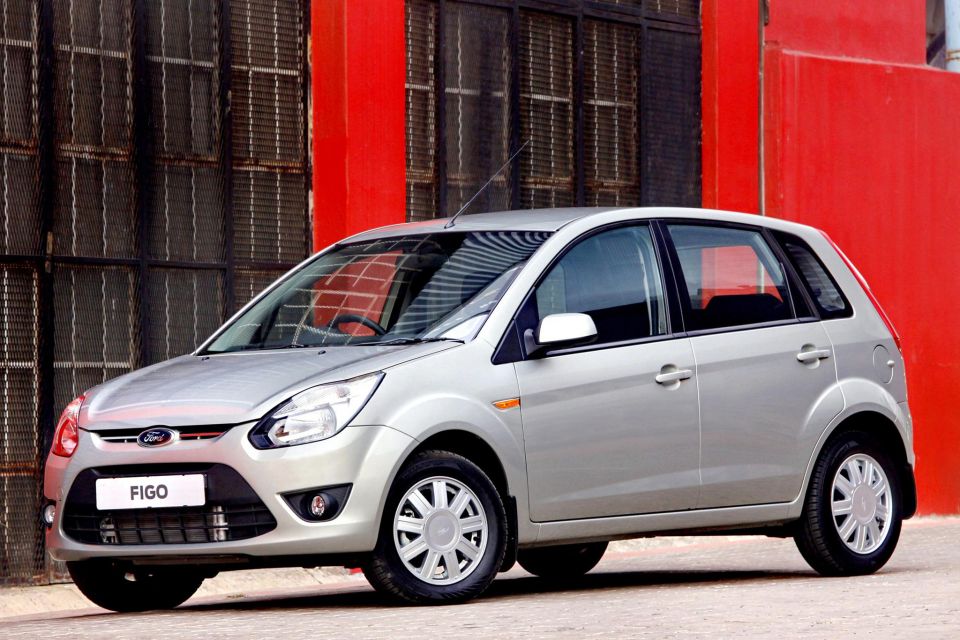

After Ford stopped European production of the fifth-generation Fiesta in 2008, but the car lived on for several more years in South America and India. It received multiple facelifts, some with rounder headlights to help soften up its appearance.
While there were no high-roof van or ute derivatives from this Fiesta, there was once again a sedan targeted at markets outside of Europe.
Like the previous generation, Ford also developed a shorter version of the Fiesta, but this time it was five-door named Figo aimed at developing markets.
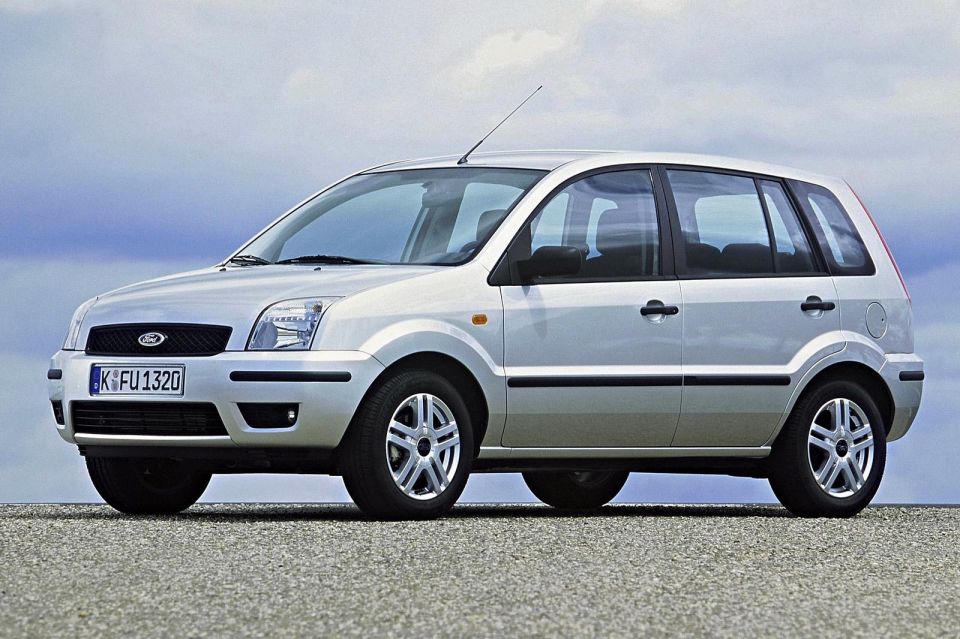
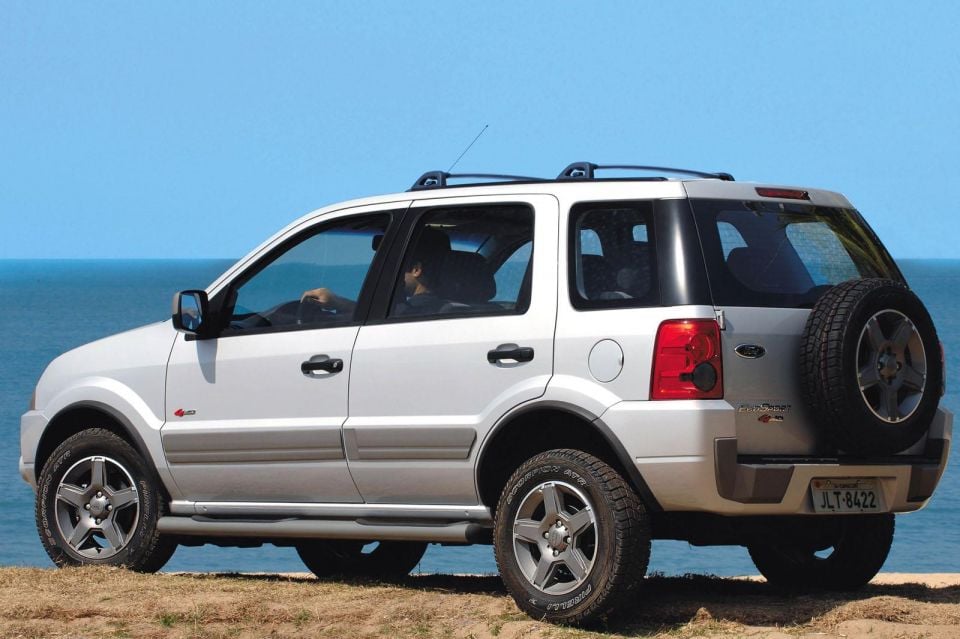
In addition the Fiesta spawned its first-ever people mover/tall hatch model, the Fusion.
This in turn served as the basis for the first-generation EcoSport. Aimed at South America and India, it paired a similar body with raised suspension and plenty of off-roader styling cues.
The Fiesta’s platform was also used by Mazda for its boxy 121 Demio tall hatch, as well as the more aesthetically pleasing Japanese market Verisa.
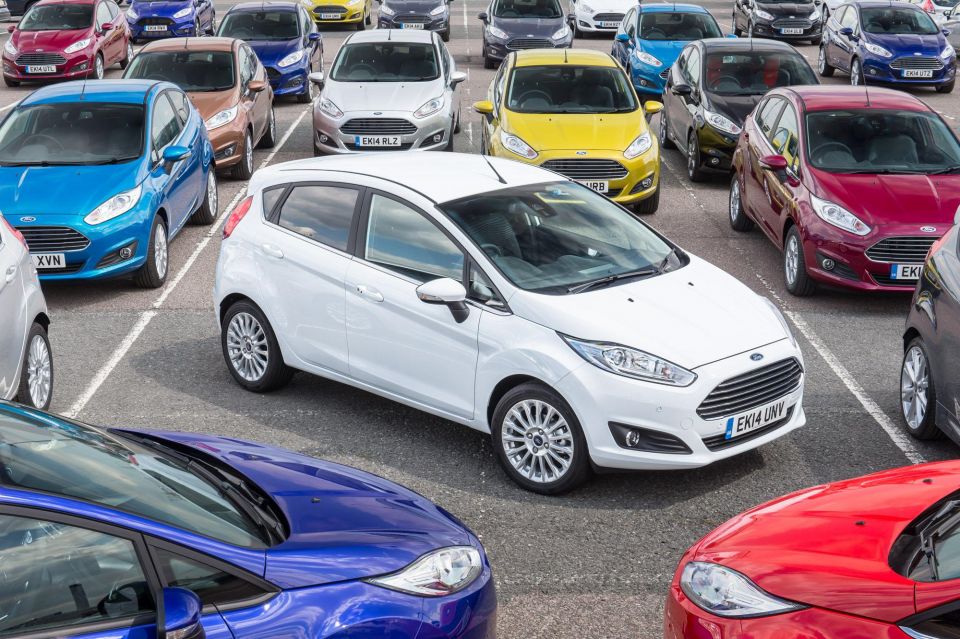
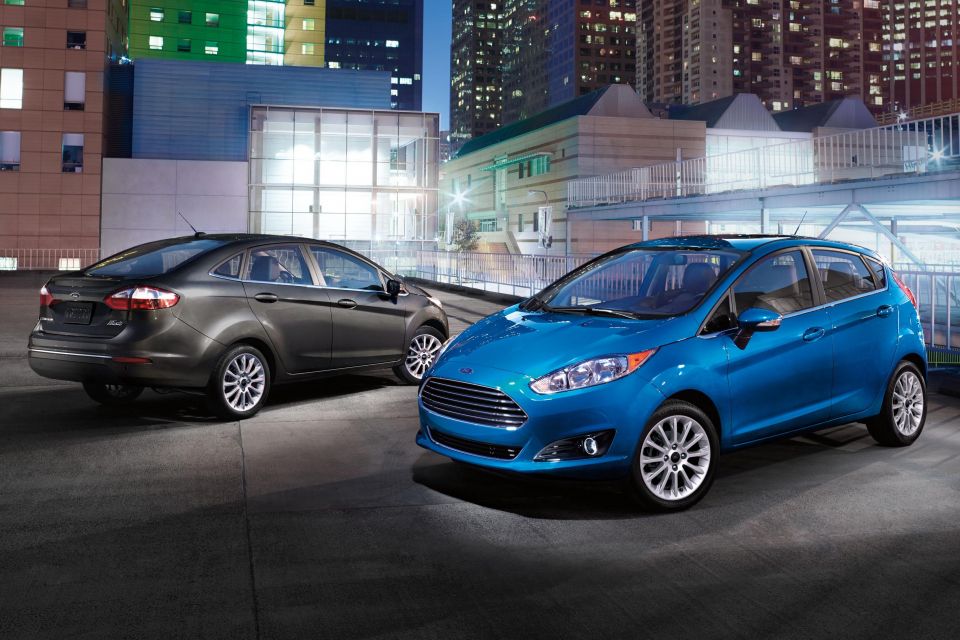
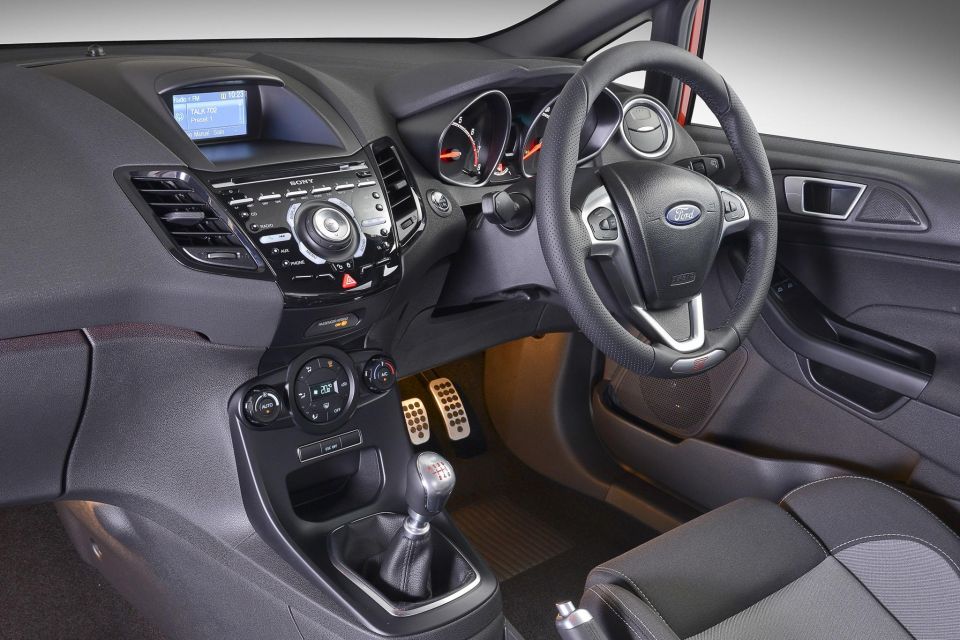
As part of its One Ford mantra, the sixth-generation Fiesta was developed in Europe as a global vehicle to be sold in all corners of the world, including a return to the USA.
Thanks to the company’s Kinetic Design language, dour was out and sporty was in. Like other Fords of this era, space efficiency suffered at the hands of aesthetics, but that didn’t seem to hinder sales with the Fiesta holding down top spot in the UK from 2009 to 2020.
Despite the car’s sporty looks, it wasn’t until 2013 the ST went on sale with a 134kW turbocharged 1.6-litre petrol engine.
Prior to this, Ford spent a lot of its time promoting the ECOnetic variant, which paired a 1.6-litre turbo-diesel with a particulate filter to emit just 98g/km of CO2.
This meant there were three- and five-door hatches designed with Europe in mind, and a sedan to please China, India and the Americas.
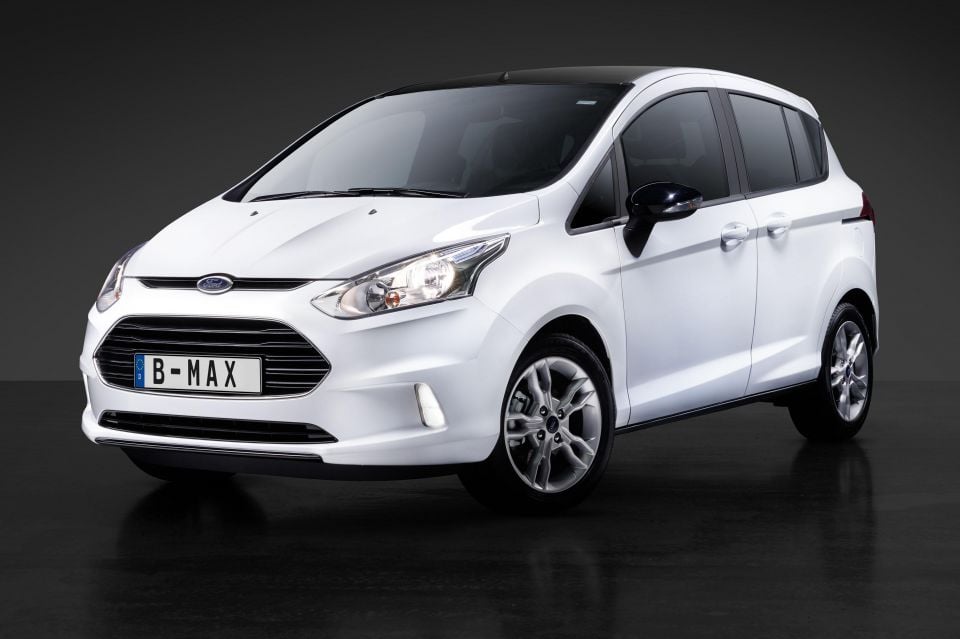
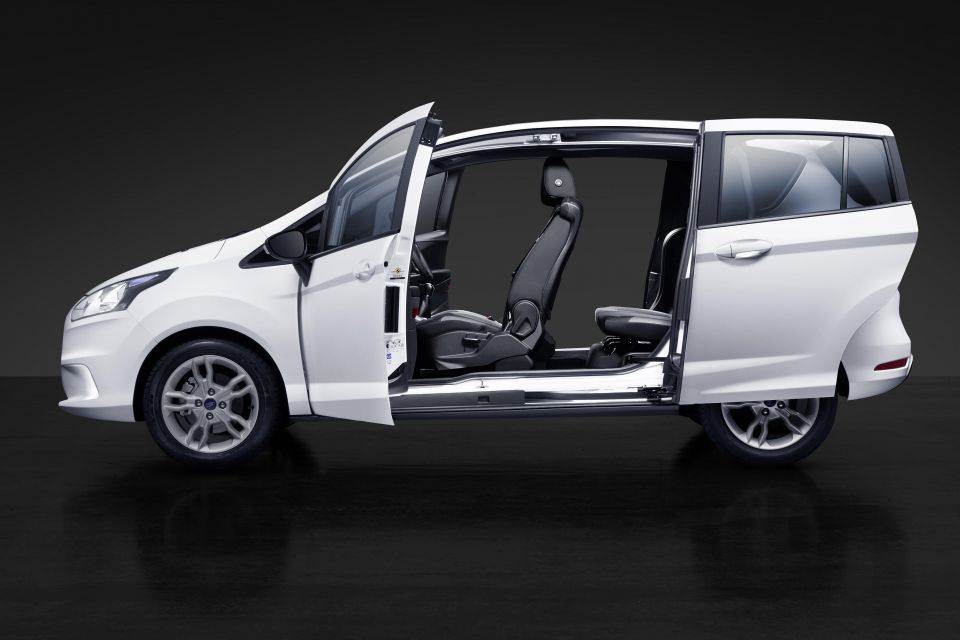
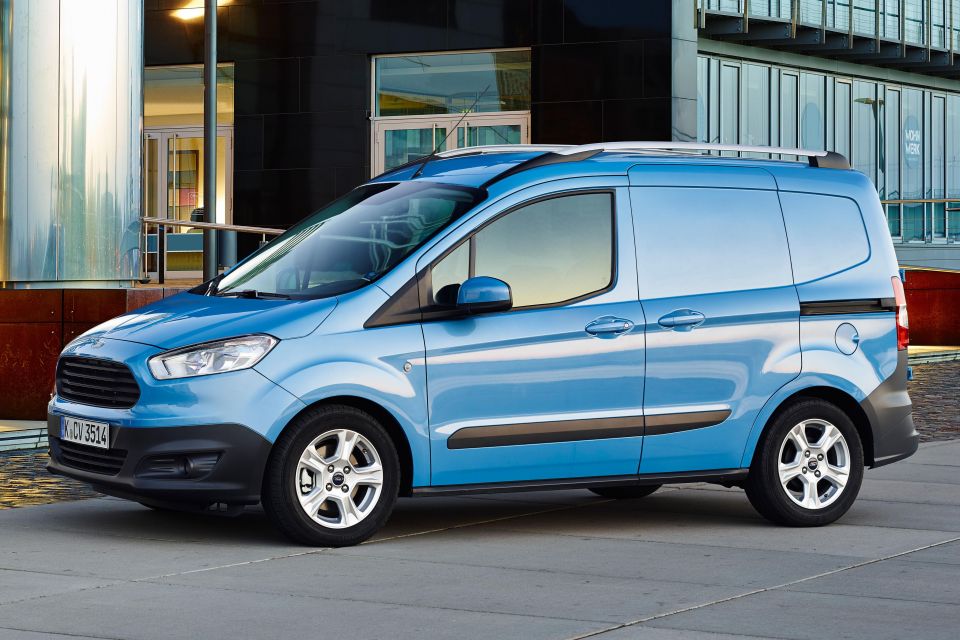
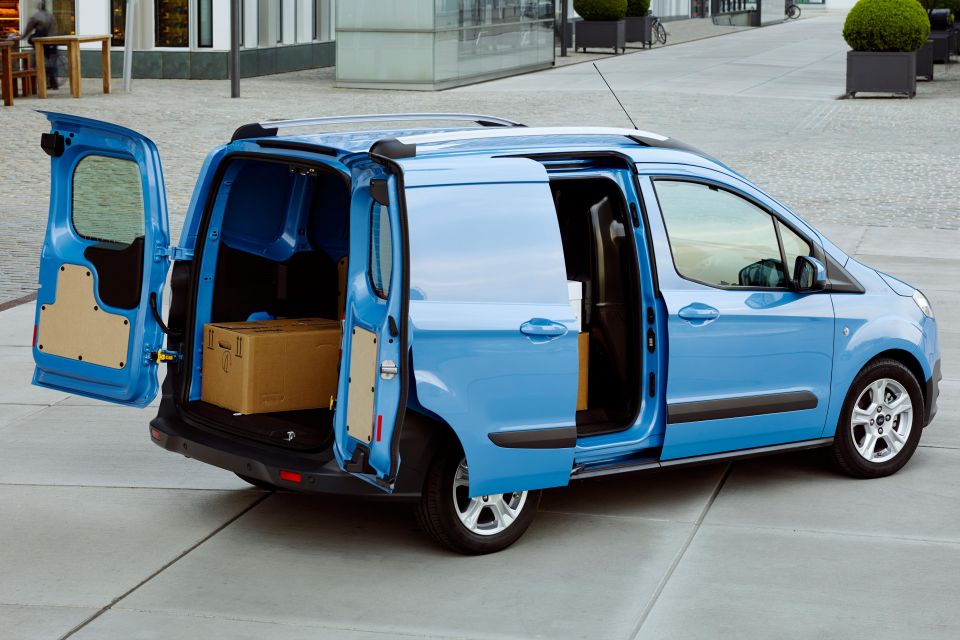
The dour Fusion people mover was effectively replaced by the B-Max, which featured sliding rear doors and a B-pillar-free design. With buyers flocking to crossovers, the B-Max was not a success and only lasted a few years.
Intriguingly it wasn’t the only sliding door variant of the Fiesta, with the light car spawning a true tall-roof van, known as the Transit Courier, for the first time in two generations.
Confusingly for buyers, the Transit Courier was also available as a people mover bearing Tourneo Connect badging.

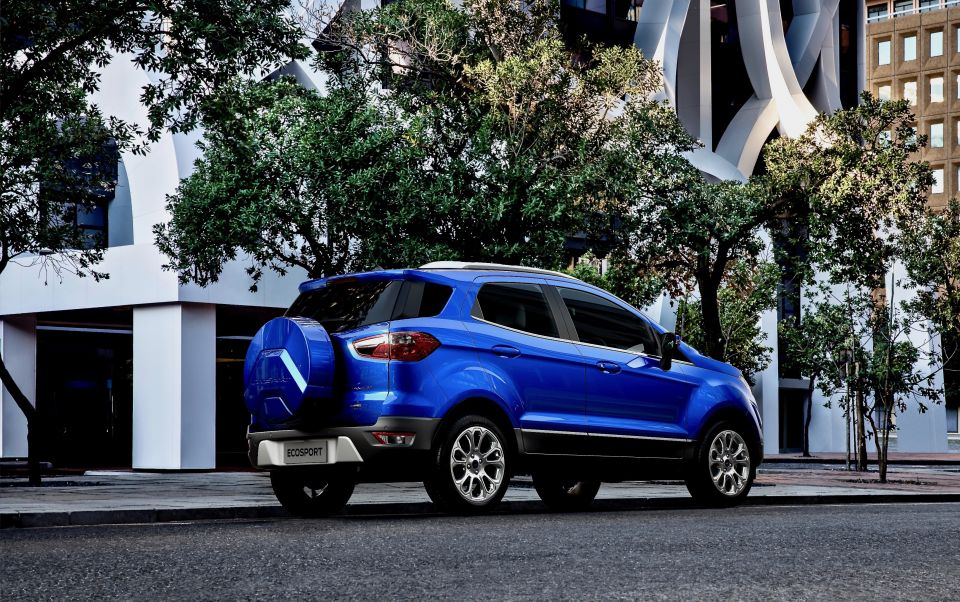
Additionally, the Fiesta platform also served as the basis for the second-generation EcoSport crossover, developed primarily for India, Latin America, and other emerging economies.
Although it was upgraded for sale in Europe and North America, along with Australia, it proved to be a little too rough and ready for the tastes of buyers in developed economies.
A second-generation Ka/Figo was also developed from the guts from the sixth-generation Fiesta.
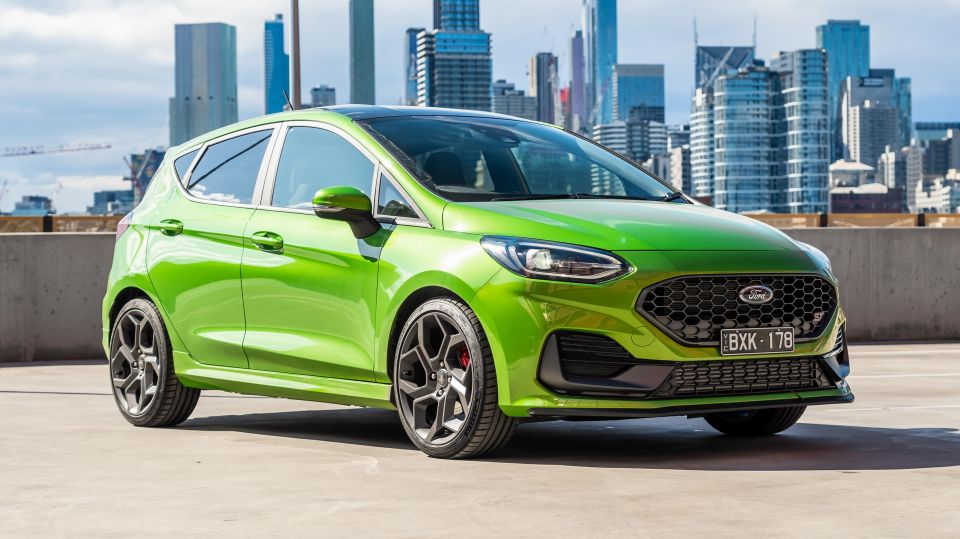
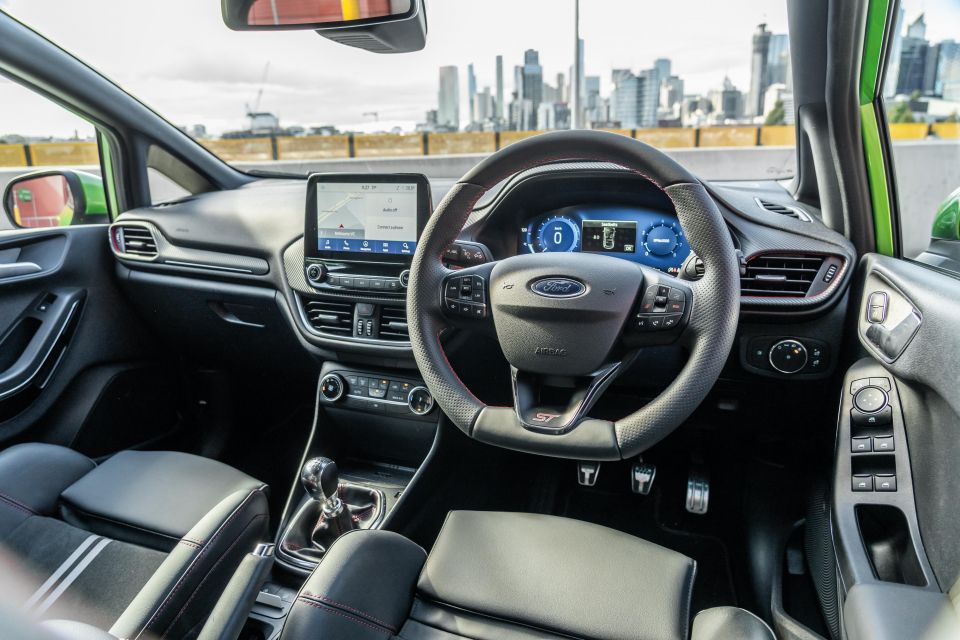
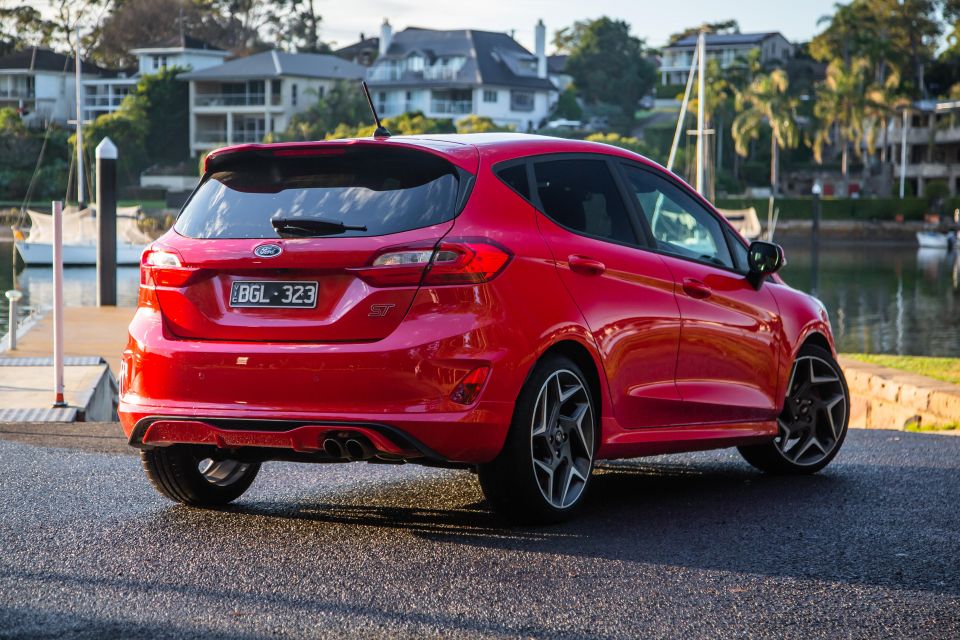
While the sixth generation saw the Fiesta spread its wings across the world, the seventh iteration shrank back into its Euro-focused bubble.
Brazil and India continued to produce the sixth-generation Fiesta and its derivatives until Ford decided to leave the former in 2019, and the latter in 2021.
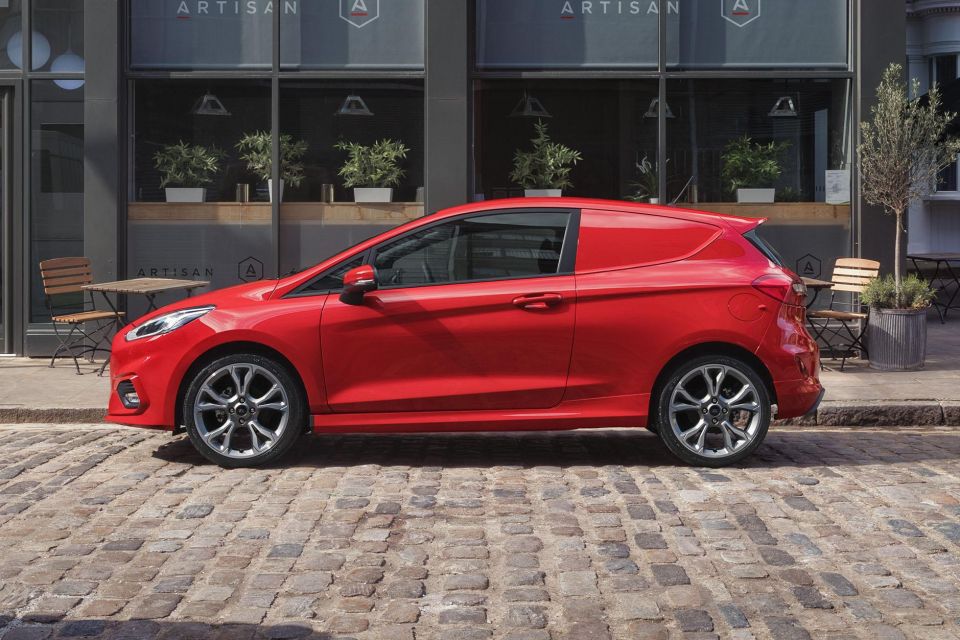
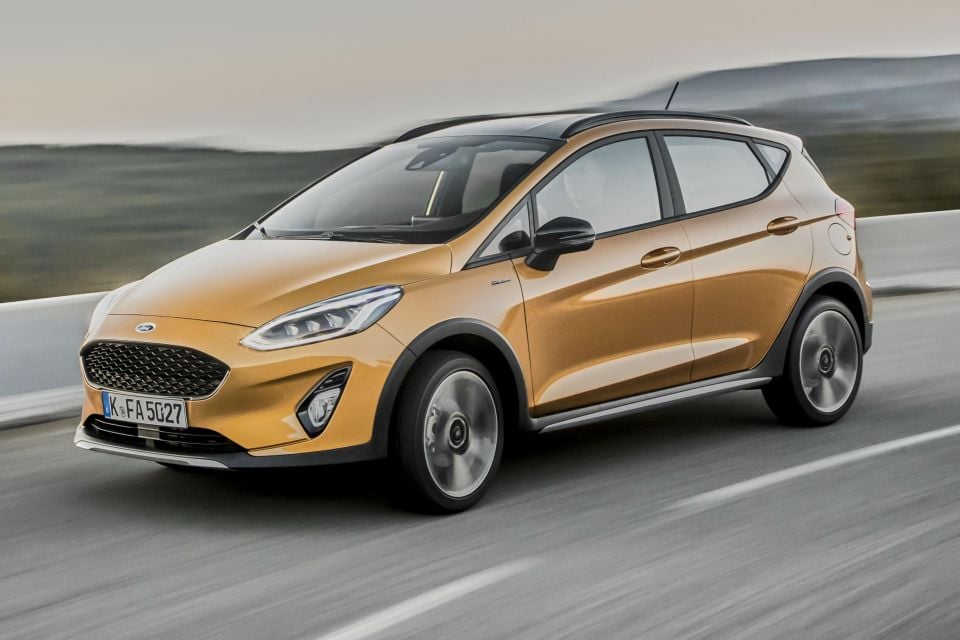
Production of the Fiesta also ended in Thailand, forcing Australia to source Fiestas once again from Europe. As such only the sporty ST with its 147kW 1.5-litre turbocharged three-cylinder engine was brought Down Under.
Originally offered globally in both three- and five-door hatch forms, the former was retired when the car was facelifted in 2021.
That year also marked the first time a Ford didn’t top the UK sales chart, with the Fiesta coming in well behind the Vauxhall Corsa, as well as the closely-related Puma, a car that’s vastly more profitable for Ford.
While production of the Fiesta isn’t due to end until the middle of next year, Australian imports have ceased with the car axed from the local range in August this year.

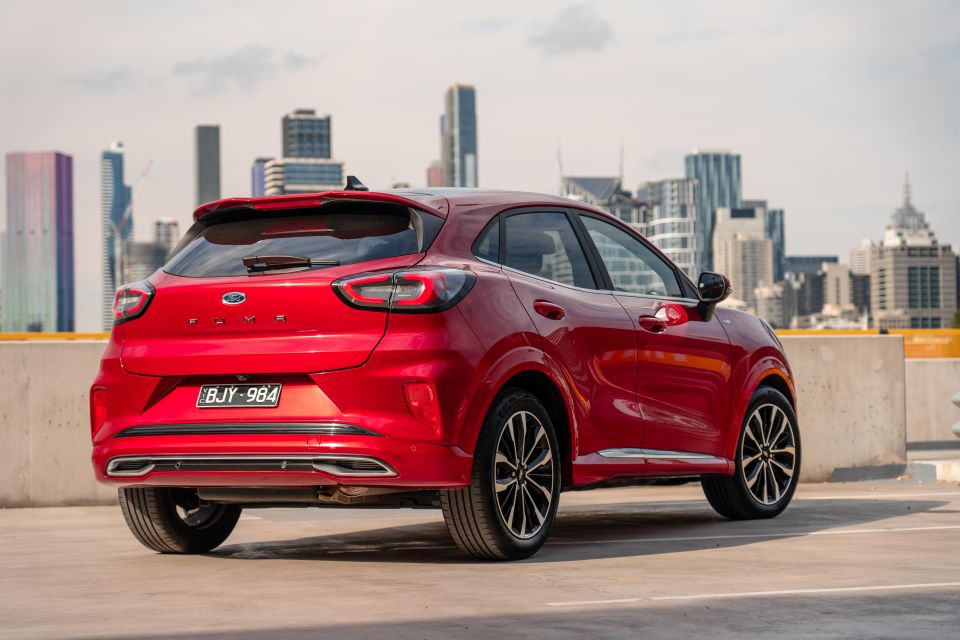
So what’s your favourite Fiesta or Fiesta derivative? Let us know in the comments section below.
MORE: Everything Ford Fiesta
Where expert car reviews meet expert car buying – CarExpert gives you trusted advice, personalised service and real savings on your next new car.
Derek Fung would love to tell you about his multiple degrees, but he's too busy writing up some news right now. In his spare time Derek loves chasing automotive rabbits down the hole. Based in New York, New York, Derek loves to travel and is very much a window not an aisle person.


Matt Campbell
3 Hours Ago


Max Davies
19 Hours Ago


William Stopford
19 Hours Ago


Derek Fung
19 Hours Ago


Max Davies
1 Day Ago


William Stopford
2 Days Ago